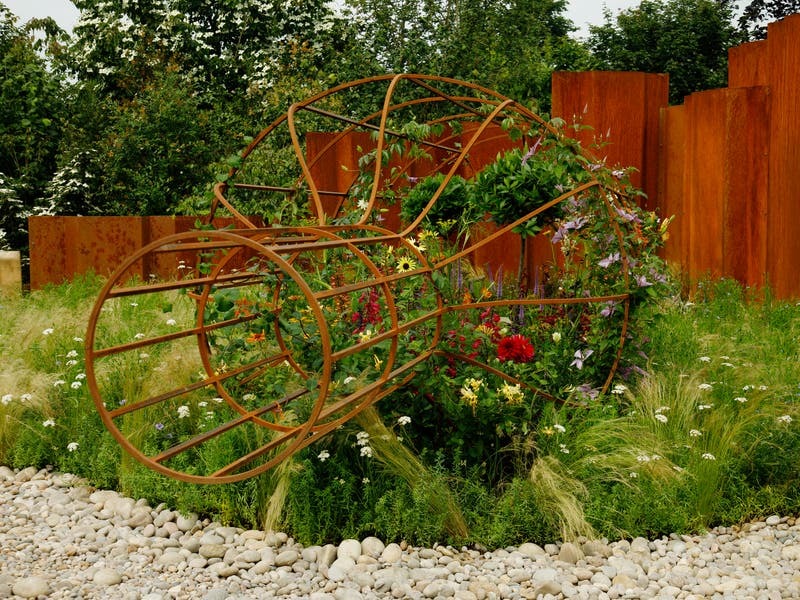### Captivating Colors: Discover the Best Colours That Attract Bees for Your Garden
Guide or Summary:Understanding the Vision of BeesThe Best Colours That Attract BeesCreating a Bee-Friendly GardenThe Importance of BeesBees play a crucial r……
Guide or Summary:
- Understanding the Vision of Bees
- The Best Colours That Attract Bees
- Creating a Bee-Friendly Garden
- The Importance of Bees
Bees play a crucial role in our ecosystem, and attracting them to your garden can significantly enhance pollination, leading to healthier plants and more abundant flowers and fruits. One of the most effective ways to draw bees to your garden is by incorporating specific colors that attract these essential pollinators. In this article, we will explore the **colours that attract bees**, their significance, and how to use them effectively in your gardening practices.
Understanding the Vision of Bees
To understand why certain colors attract bees, it's essential to know how bees perceive the world. Unlike humans, bees can see ultraviolet light, which allows them to detect patterns and colors that are invisible to us. They are particularly drawn to shades of blue, purple, and yellow. These colors often indicate the presence of nectar-rich flowers, making them highly attractive to bees.
The Best Colours That Attract Bees
1. **Blue**: Flowers that are blue, such as bluebells and cornflowers, are particularly appealing to bees. The vibrant hue signals the availability of nectar, making it an excellent choice for any bee-friendly garden.
2. **Purple**: Many popular garden flowers, including lavender and alliums, exhibit shades of purple. These flowers are not only beautiful but also serve as a magnet for bees, encouraging them to visit frequently.

3. **Yellow**: Bright yellow flowers, such as sunflowers and daisies, stand out in any garden. Their sunny disposition not only adds a cheerful touch but also attracts bees looking for food sources.
4. **White**: While not as vibrant as other colors, white flowers can still attract bees, especially in the evening when they are active. Flowers like jasmine and evening primrose can be a great addition to your garden.
5. **Ultraviolet Patterns**: Many flowers have patterns that are visible only in the ultraviolet spectrum. These markings guide bees to the nectar, making them more likely to visit. Consider planting flowers like daisies and buttercups that exhibit these patterns.
Creating a Bee-Friendly Garden
To create a garden that attracts bees, it's essential to plant a variety of flowers that bloom at different times throughout the growing season. This ensures that there is a continuous food supply for bees. Here are some tips to help you design a bee-friendly garden:

- **Choose Native Plants**: Native flowers are often more attractive to local bee species. They are adapted to the local climate and soil conditions, making them easier to grow and maintain.
- **Group Flowers Together**: Planting flowers in clusters makes it easier for bees to find them. Instead of scattering flowers throughout your garden, group them in patches to create a more inviting environment.
- **Avoid Pesticides**: Chemicals can be harmful to bees. Opt for organic gardening methods and natural pest control solutions to keep your garden healthy without endangering pollinators.
- **Provide Water Sources**: Bees need water, so consider adding a shallow birdbath or a small pond to your garden. Ensure that the water source is safe for bees by adding stones or pebbles for them to land on.

The Importance of Bees
Bees are vital to our ecosystem, contributing to the pollination of approximately one-third of the food we consume. By attracting bees to your garden, you are not only helping to sustain their populations but also supporting the broader environment. Healthy bee populations contribute to biodiversity, improve crop yields, and promote a balanced ecosystem.
In conclusion, understanding the **colours that attract bees** is an essential step in creating a thriving garden that supports these important pollinators. By incorporating blue, purple, yellow, and white flowers, along with native plants and organic gardening practices, you can create a beautiful and bee-friendly environment that benefits both your garden and the ecosystem as a whole. Happy gardening!